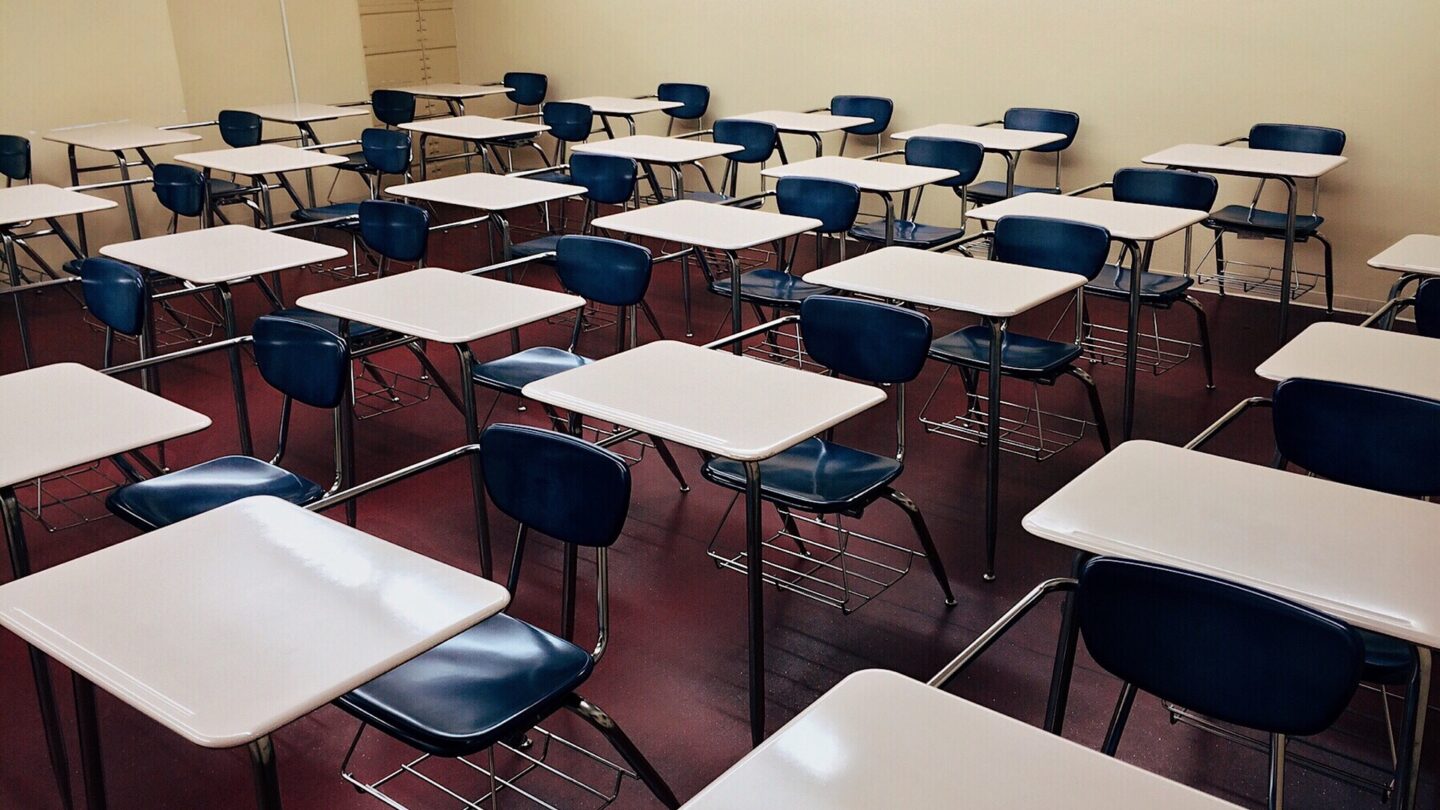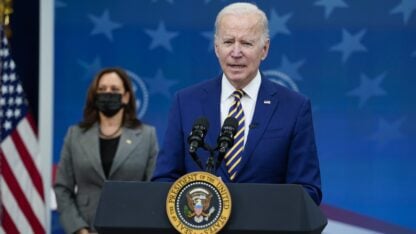A Look At Students’ Rights And A Nurse Speaks Out After Recent Events At North Paulding High School

Students have a right to express themselves in schools, and the U.S. Supreme Court has ruled on several cases. But schools also have a code of conduct interest in protecting students and ensuring their education happens in good order.
Paulding County was one of the first school districts to send students back for in-person learning last week. And soon, students were sharing online photos of crammed hallways, and few face masks.
North Paulding High School suspended two students for posting those pictures and warned other students they’d face equal punishment if they posted anything that cast the school in a negative light.
One of those students, 15-year-old Hannah Watters, tweeted shortly after that her suspension had been lifted.
This morning my school called and they have deleted my suspension. To everyone supporting me, I can’t thank you enough. If I’m not responding it’s because my life has been somewhat crazy the past few days. Once again thank you. ❤️
— hannah (@ihateiceman) August 7, 2020
Administrators backed down on the punishments when the story made national headlines. By then, former Paulding school nurse Amy Westmoreland had already made her decision to resign.
“Nurse Amy,” as students called her, told WABE producer Lily Oppenheimer she was shocked at how Paulding administrators have handled the reopening. She questioned why the school district had prioritized silencing students who are already fearful of being exposed to the coronavirus.
“I just couldn’t see myself being involved in the care of children when all this is going on, possibly infecting a child,” Westmoreland said.
When she saw the photos of packed hallways, Westmoreland said that only validated handing in her resignation letter in July. She said she had pleaded with school officials not to resume in-person learning.
Students have a right to express themselves in schools, and the U.S. Supreme Court has ruled on several cases involving the First Amendment rights of public school students. One familiar landmark case is Tinker v. Des Moines (1969), where the court ruled that students wearing armbands to protest the Vietnam War was a form of “symbolic speech.” The court noted that students don’t have to “shed their constitutional rights to freedom of speech or expression at the schoolhouse gate.” School officials attempted to argue that the armbands would disrupt the learning environment.
But schools also have a code of conduct interest in protecting students and ensuring their education happens in good order.
So in Paulding County, who’s in the right: The students who posted the pictures or the school, which first suspended two students then relented?
“All Things Considered” host Jim Burress put the question to WABE legal analyst Page Pate.
“I think it’s clear that students have a constitutional right to complain about policies that they believe might be unsafe. That can include taking a photograph of what’s happening at the school,” Pate said, noting that the fact they are at a school does not mean they lose their right to voice their opinion.
“A school certainly can impose codes of conduct, as long as those codes of conduct are content-neutral. They can’t restrict a student’s free speech rights,” Pate said.







